Search Images
Browse Content (p. 1472)
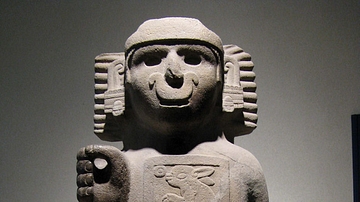
Image
Mesoamerican God 2 Rabbit
A sculpture of the Mesoamerican god known to the Aztecs as 2 Rabbit who often represented the pulque gods. These gods represented the alcoholic drink pulque and were also known as the Centzon Totochtin (400 Rabbits). 1100-1300 CE. (Poza Larga...
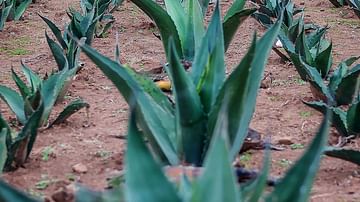
Image
Maguey
The maquey agave plant was used across ancient Mesoamerica to make pulque beer and fibres for weaving.
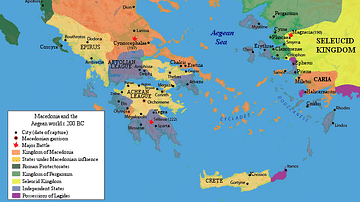
Image
Achaean League c. 200 BCE
The Achaean League was a Hellenistic period confederation of Greek city states on the northern and central Peloponnese between 280 BCE and 146 BCE.
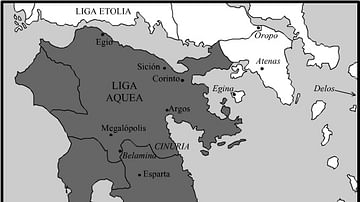
Image
Achaean League c. 150 BCE
The Achaean League was a Hellenistic period confederation of Greek city states on the northern and central Peloponnese between 280 BCE and 146 BCE.
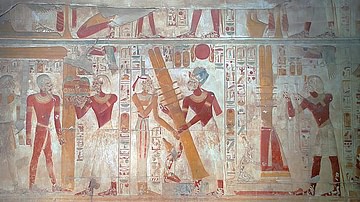
Image
Djed Pillars, Hall of Osiris, Abydos
A scene from the Hall of Osiris at Abydos which shows the raising of djed pillars, symbols of stability.
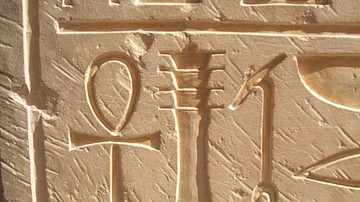
Image
Ankh, Djed & Was
Relief showing an ankh (symbol of life), djed (symbol of stability), and was (symbol of power) from the tomb of Hatshepsut's mortuary temple at Deir al-Bahri, Egypt.
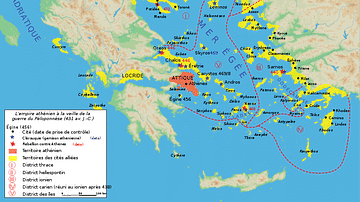
Image
Delian League
A map illustrating the members of the Delian League, led by Athens c. 431 BCE.
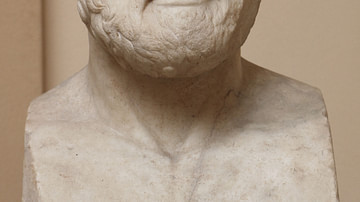
Image
Themistocles
A marble bust of Athenian statesman and general Themistocles (c. 524 - c. 460 BCE), the victorious commander at the crucial battle of Salamis against Persia. (Museo Ostiense, Ostia)
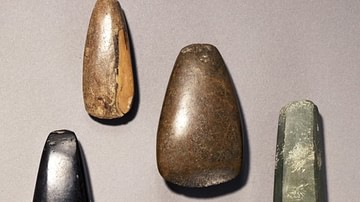
Image
Jomon tools
Group of polished stone tools from the Jomon Period.
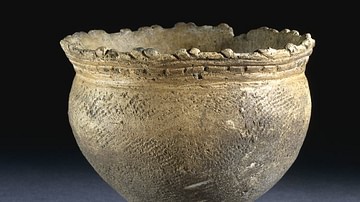
Image
Jomon cup
Earthenware cup decorated with cord-markings from the Late Jomon Period.